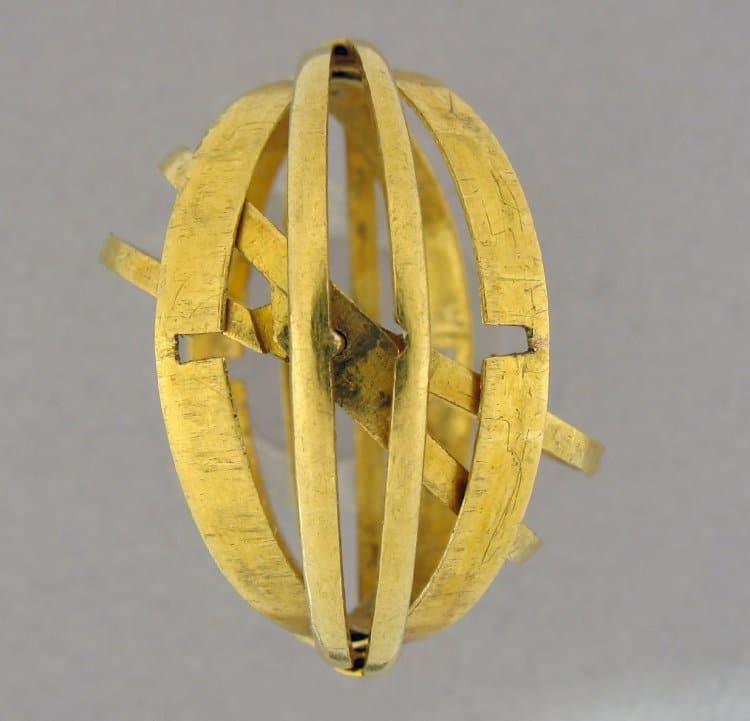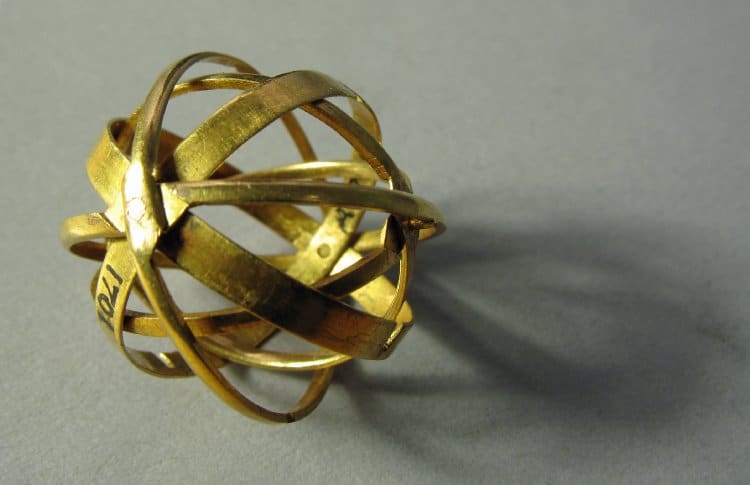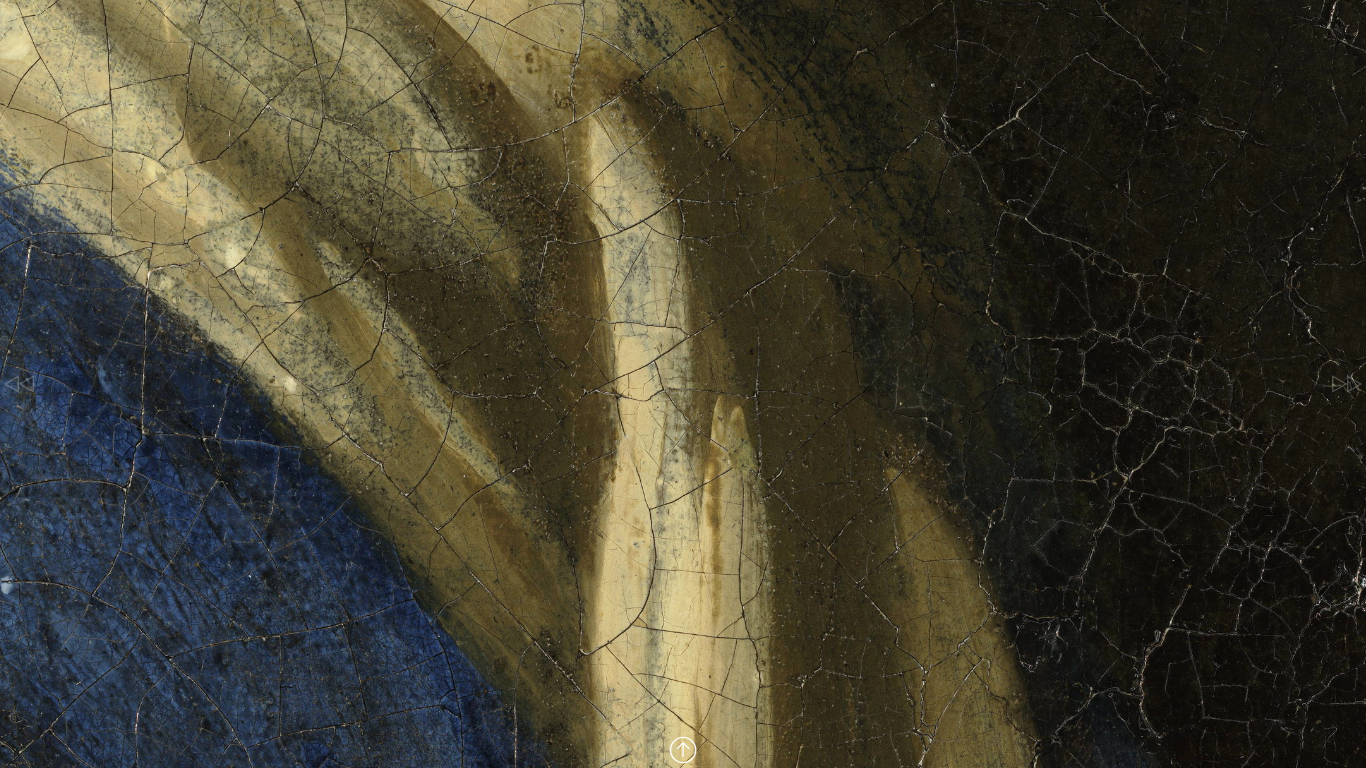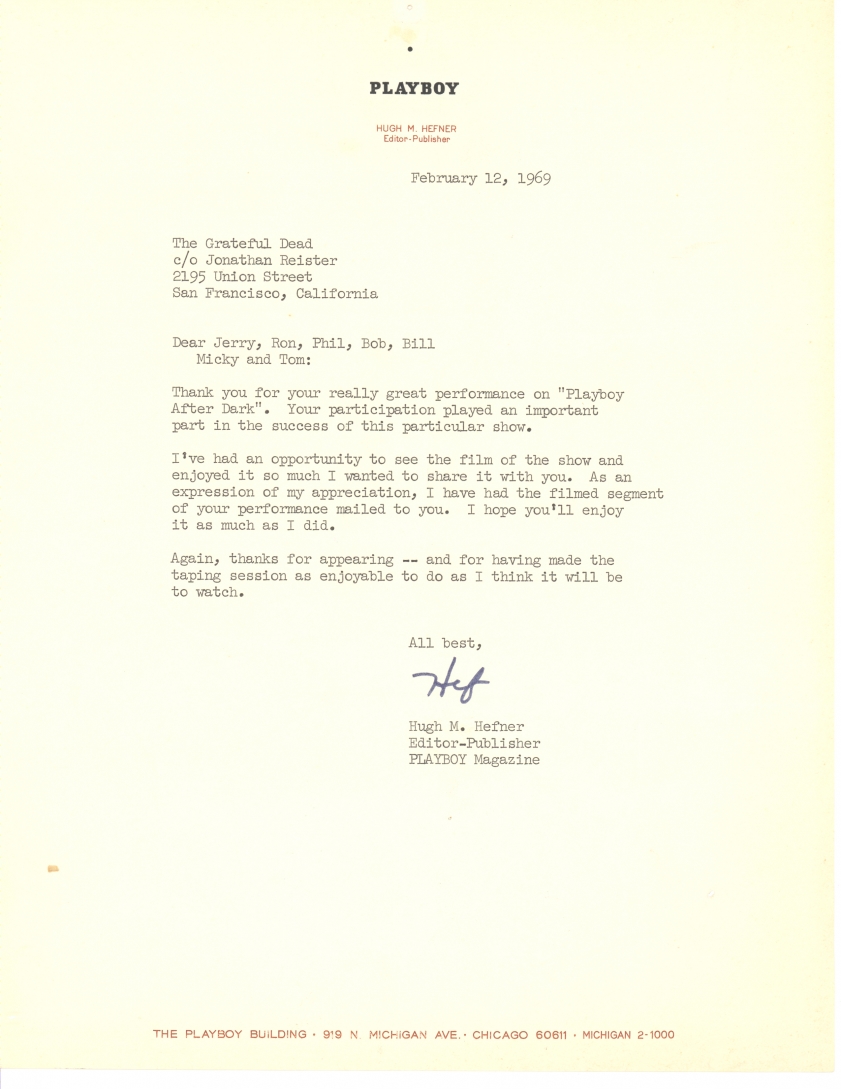“People who are addicted to European travel, this is kind of a frustrating time for them,” says Rick Steves in a podcast interview with The New York Times’ Sam Anderson from this past spring. He should know: since becoming a professional travel guide and educator in the late 1970s, Steves has harnessed his own European travel addiction to build a business empire. To his fellow Europhiles — and especially his fellow Europhile but monoglot Americans making their first leap across the Atlantic — Steves has sold a great many classes, tours, guidebooks, money belts, and neck pillows. Over the past three decades, almost everyone who’s got to know him has done so through his travel shows on public television, especially Rick Steves’ Europe.
“Steves is a joyful and jaunty host, all eager-beaver smiles and expressive head tilts,” writes Anderson of the show, whose star “gushes poetically about England’s Lake District (‘a lush land steeped in a rich brew of history, culture and nature’) and Erfurt, Germany (‘this half-timbered medieval town with a shallow river gurgling through its center’) and Istanbul (‘this sprawling metropolis on the Bosporus’) and Lisbon (‘like San Francisco, but older and grittier and less expensive’).”
In recent years, seasons of Rick Steves’ Europe have become free to watch on Youtube. The eleven full seasons now available also include “Germany’s Romantic Rhine”; Normandy, “War-Torn Yet Full of Life”; “Feisty and Poetic” North Wales; “Little Europe: Five Micro-Countries”; Basque country; and The Best of Slovenia.
As well known for his practical-mindedness as he is for his cheerfulness, Steves has also produced such special broadcasts as a three-part series on the travel skills necessary to cross huge swaths of Europe safely and enjoyably. Given the ongoing coronavirus pandemic, however, it will be a while before any of us can once again put our travel skills to the test. “This virus can stop our travel plans, but it cannot stop our travel dreams,” Steves declares on the podcast with Anderson, leading into the announcement of a new game: Rick Steves’ Europe Bingo, “where the cards have all of the little goofy clichés that show up in almost every one of my shows,” from “Rick visits a church” and “Rick enjoys a local drink” to signature lines like “Oh, baby!” and “Keep on travelin’.”
“You can turn it into a drinking game if you want,” Steves notes. And indeed, with or without the aid of alcohol, there are much worse ways for travelers to pass the remainder of the pandemic than with an extended binge-watch of Rick Steves’ Europe, whose seasons are organized into playlists below:
Related Content:
Explore the Entire World–from the Comfort of Quarantine — with 4K Walking Tours
Based in Seoul, Colin Marshall writes and broadcasts on cities, language, and culture. His projects include the Substack newsletterBooks on Cities, the book The Stateless City: a Walk through 21st-Century Los Angeles and the video series The City in Cinema. Follow him on Twitter at @colinmarshall, on Facebook, or on Instagram.










